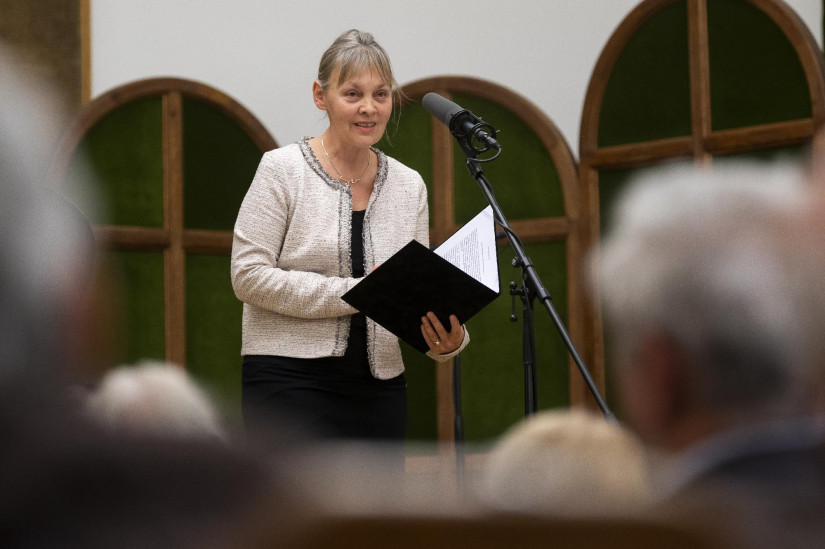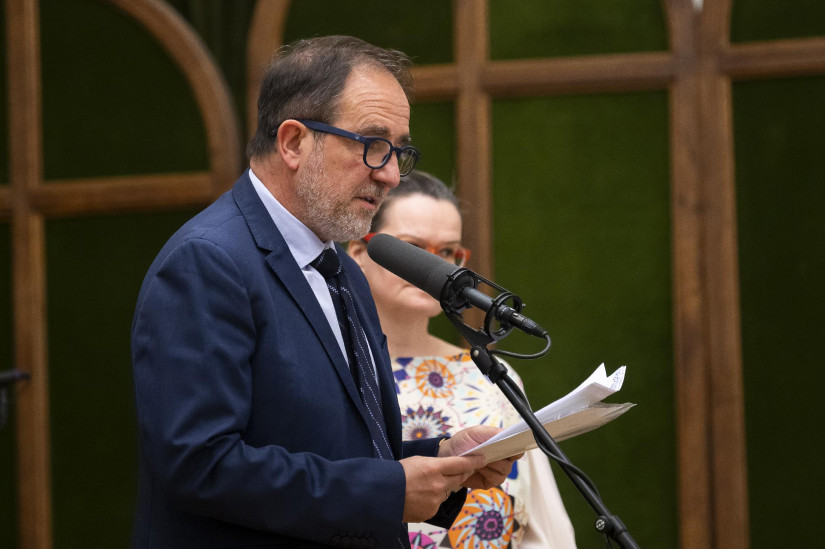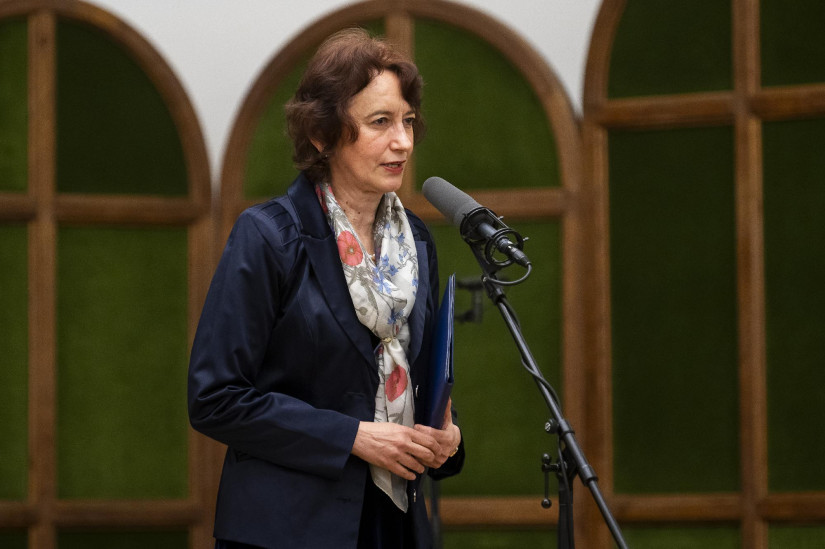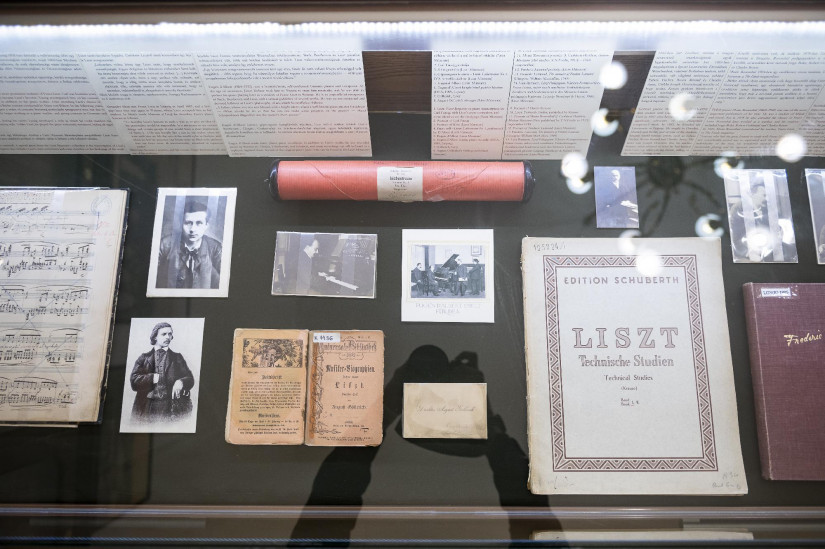LISZT MUSEUM'S NEW EXHIBITION PRESENTS EDUCATING ACTIVITIES OF FERENC LISZT
A temporary exhibition titled "Liszt, the Teacher" is open at the museum, presenting a wide range of the master's pedagogical work.
The exhibition, organised jointly by the Liszt Ferenc Memorial Museum and the Cervantes Institute, the latter being the Spanish cultural centre in Budapest, runs until 24 May 2024, and aims to showcase Liszt's exceptionally broad interests through his teaching activities. The selection includes letters, sketchbooks, sheet music, diary entries, reminiscences by contemporaries and documents from his students.

photo: Liszt Academy/ Dénes Erdős
"It is a great pleasure for us that, after a long period of pandemic halt, the Liszt Ferenc Memorial Museum has once again created a new thematic exhibition with an international collaboration.," said Dr Andrea Vigh, president of the parent institution, the Liszt Academy of Music, at the opening ceremony. She has stressed that Liszt's legacy is valued all over the world, and his spiritual heritage is respected and cherished on every continent, especially in countries he once visited, Spain among them. The exhibition focuses on Liszt as a teacher, a subject that is indeed of international interest. She concluded by saying that the staff of Liszt Museum were doing their best to keep this heritage alive. This exhibition documents teaching principles the that have remained decisive for Liszt Academy until today.

photo: Liszt Academy/Dénes Erdős
Javier Valdivielso Odriozola, director of the Cervantes Institute in Budapest, thanked for the collaboration and stressed that Mirian Gomez-Morán, a Spanish pianist who had contributed to the opening ceremony and to the exhibition itself as well as having studied at Liszt Academy and speaking excellent Hungarian and being a Liszt scholar, with her doctoral thesis written on him, thus linking the two institutions through music.
Dr. Zsuzsanna Domokos, director of the Liszt Museum, pointed out that the exhibition has more musical approaches, musical examples and analyses than usual. "We have tried to immerse ourselves in Liszt's classes, based on recollections of his pupils, entries in their scores, musical solutions requested, and we are trying to present a summary of this to the public". "The structure of the exhibition is built around the musical heritage received and the teaching method that developed it", she added. Techniques and compositional methods learned from Liszt's teachers, Czerny, Salieri, Reicha and Paer, are presented, too, as are their reflections in the technical studies Liszt later published, as well as in their parallel adaptations in his compositions.

She added that the aim was to showcase not only the piano teacher, but also the universal, multisided master who had been open to all the initiatives of his time. The exhibition therefore also focuses on his musical interpretations, his explanations of poetic content, interpretative issues he highlighted, his need to expand the curriculum, and his help to church choirs in the field of music. It gives us a glimpse into the composer's teaching workshop, since many of the scores preserve the playing, ornamentation etc. that Liszt's pupils once heard in his performances or the way he taught them. In addition to the subtleties of piano technique, playing style, hand positions and pedal use, there is also space for the musical solutions of the master who made suggestions in composition, as well as his instructions, according to which the pupils should not imitate his technical solutions and musical interpretation, but find their own individual ideas for the most authentic interpretation of the compositions, for which it is essential that they are also well informed about the spirit of the period of the work.
The exhibition was supported by the Horvath Peter Stiftung, the objects were selected from memorabilia of the museum and the Central Library of the Liszt Academy, as well as are on loan from the National Széchényi Library, the Museum of Applied Arts in Budapest and foreign libraries and collections.
At the opening ceremony, Mirian Gomez-Morán performed Liszt's Hungarian Rhapsody No.3, Un sospiro from the Three Concertos. Liszt: Ballade No.2 (B minor) was performed by Péter Kiss.

photo: Liszt Academy/Dénes Erdős

photo: Liszt Academy/Dénes Erdős

photo: Liszt Academy/Dénes Erdős



